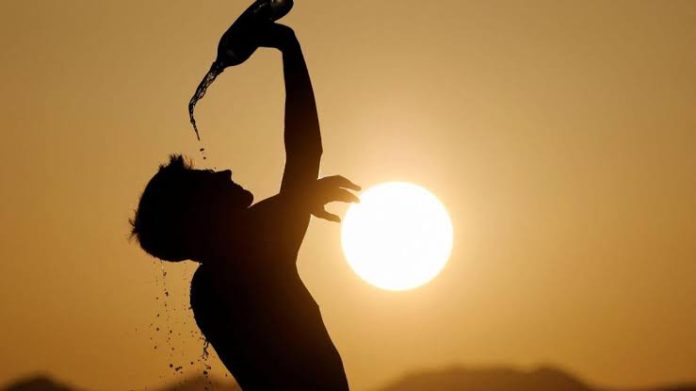As much of Pakistan is already experiencing sweltering temperatures, meteorologist Owais Hyder has warned that Karachi is likely to face its hottest week of the year soon. From Tuesday to Thursday, temperatures in the city could reach between 40 and 42 degrees Celsius. This forecast has led to urgent warnings for residents to stay indoors as much as possible and to keep hydrated to avoid heatstroke.
The extreme heatwave is being made even worse by ongoing power outages, with some neighborhoods suffering up to 15 hours of load shedding each day. These power shortages complicate efforts to stay cool and safe during the heatwave. Scientists attribute these severe weather patterns to climate change, highlighting the need for proactive measures to protect public health.
Both federal and provincial authorities are taking steps to minimize the risk of heat-related illnesses. They are especially focused on preventing heatstroke, which can be deadly if not treated quickly. The importance of early detection and immediate cooling measures is critical, as heatstroke can have a high mortality rate, ranging from 10% to 80% depending on the severity and speed of treatment.
The National Disaster Management Authority, along with provincial agencies, has issued advisories urging people to take preventive measures. These advisories are particularly aimed at vulnerable groups such as infants, the elderly, and those with pre-existing health conditions. They are encouraged to stay in cool places, drink plenty of fluids, and seek medical help promptly if they experience symptoms of heatstroke, such as dizziness, confusion, or excessive sweating.
In addition to these warnings, authorities are also setting up cooling centers and distributing water in some areas to help residents cope with the intense heat. They are also working to ensure that healthcare facilities are prepared to handle an increase in heat-related illnesses.


